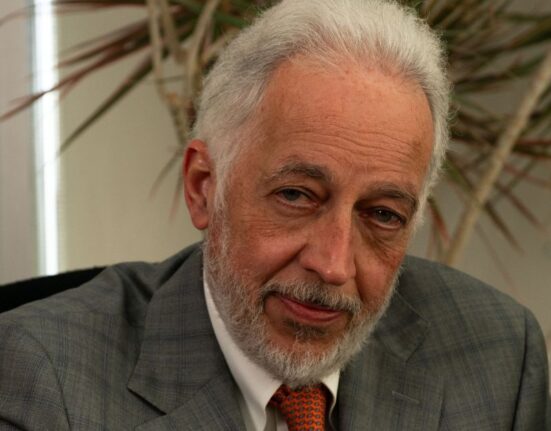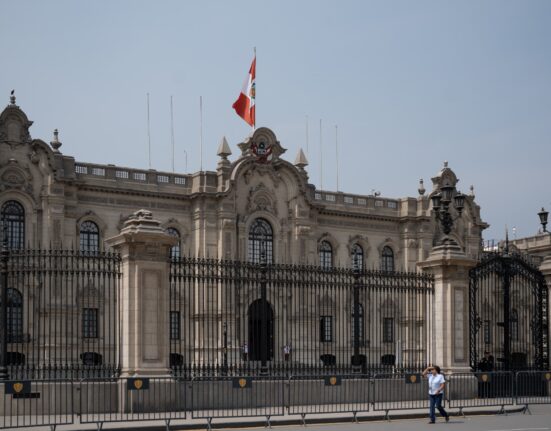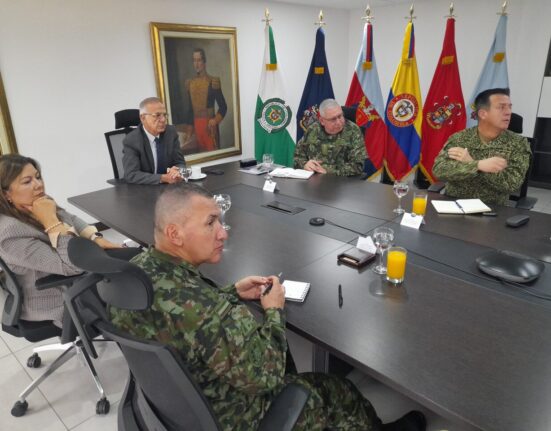Trade between Colombia and the United States is not just about dollars and cents; it’s a complex dance of economic interests, political dynamics, and global influence. Amidst the backdrop of growing Chinese presence in Latin America, the commercial ties between these two countries have come under intense scrutiny.
At the center of this intricate web is Colombian President Gustavo Petro, whose domestic missteps have strained relations with Washington. While his initial reluctance to cooperate on repatriation flights ruffled feathers in the US, Petro has since backpedaled to ease tensions. This diplomatic dance sheds light on the broader trade relationship that extends far beyond mere transactions.
“In recent weeks, US-Colombia commercial ties attracted attention amid increasing frustration in Washington over Colombian President Gustavo Petro’s missteps at home,”
noted experts Geoff Ramsey and Enrique Millán-Mejía.
Colombia’s importance as a trading partner lies not only in its exports but also in its imports. While goods like crude oil, coffee, flowers, bananas, avocados, and precious metals flow from Colombia to the US market, American exporters find a lucrative market for their products in Colombia. In fact, last year saw US exports surpass imports by $1.3 billion—a clear indicator of a thriving trade surplus.
According to Colombia’s National Administrative Department of Statistics (DANE), recent data shows that Chinese imports into Colombia are on an upward trend compared to those from the United States. This shift could potentially tilt the scales of influence towards China—an outcome that might unsettle policymakers in Washington.
The agriculture sector stands out as a key beneficiary of this trade partnership. The Tariff Preference Agreement (TPA) has been instrumental in boosting exports of yellow corn from the US to Colombia—exceeding $1 billion annually. This surge has not only bolstered American farmers but has also catalyzed growth in Colombia’s poultry and pork industries.
“It’s win-win trade,
” mentioned industry insiders when discussing how cheaper animal feed from US corn boosts nutrition levels and supports economic development in Colombia.
Beyond yellow corn, other agricultural exports like soybeans, wheat, rice, cotton, fruits, and processed livestock products all contribute significantly to this bilateral trade relationship. Any disruption or deterioration in these ties could spell trouble for farmers across states like Iowa, Kansas Illinois among others who heavily rely on exports to Colombia.
The big question looming over this strategic partnership is how both nations can navigate potential pitfalls while maintaining mutual benefits. With geopolitics playing a crucial role alongside economic interests—it boils down to striking a delicate balance between diplomacy and commerce.
As tensions ebb and flow between governments on either side—
experts emphasize that private sector engagement can help defuse diplomatic crises before they escalate into full-blown trade wars.
The stakes are high for both parties involved; hence proactive measures must be taken to safeguard shared economic interests while ensuring stability in bilateral relations.
Geoff Ramsey pointed out that “
US policymakers need to tread carefully when considering adjustments to existing agreements
” emphasizing that any missteps could have far-reaching consequences for both countries involved.”
In conclusion—while politics may create waves at the government level—the bedrock of US-Colombia relations lies firmly within thriving commercial partnerships. By leveraging diplomacy hand-in-hand with business acumen—the two nations can pave the way for continued prosperity amidst challenging times.









Leave feedback about this